Name Malcolm Bilson Role Pianist | Siblings Bruce Bilson | |
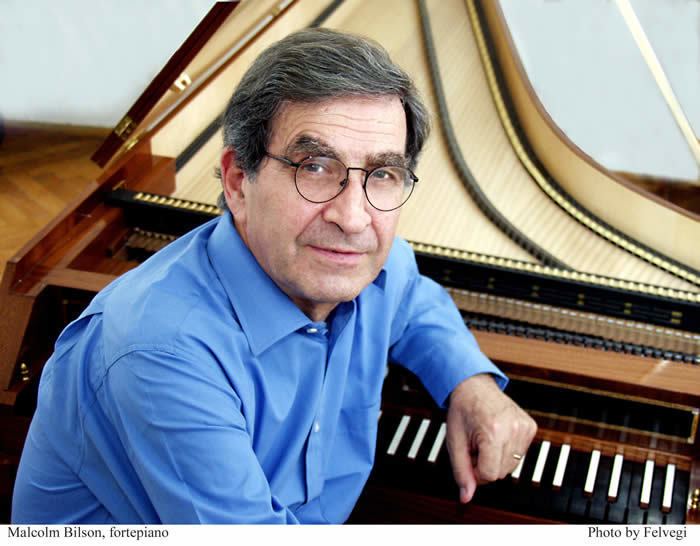 | ||
Parents Hattie Bilson, George Bilson Albums The Piano Concertos, Piano Concertos nos. 20 & 21 Similar People | ||
Mozart piano concerto no 17 g major k 453 on fortepiano
Malcolm Bilson (born October 24, 1935) is an American pianist and musicologist specializing in 18th- and 19th-century music. He is the Frederick J. Whiton Professor of Music in Cornell University, Ithaca, N.Y. Bilson is one of the foremost players and teachers of the fortepiano; this is the ancestor of the modern piano and was the instrument used in Haydn, Mozart, and Beethoven's time.
Contents
- Mozart piano concerto no 17 g major k 453 on fortepiano
- Malcolm Bilson Knowing The Score
- Early life and career
- His encounter with the fortepiano
- Career as fortepiano specialist
- Recordings pedagogy and scholarship
- Assessment
- Bilsons instruments
- Honors
- References
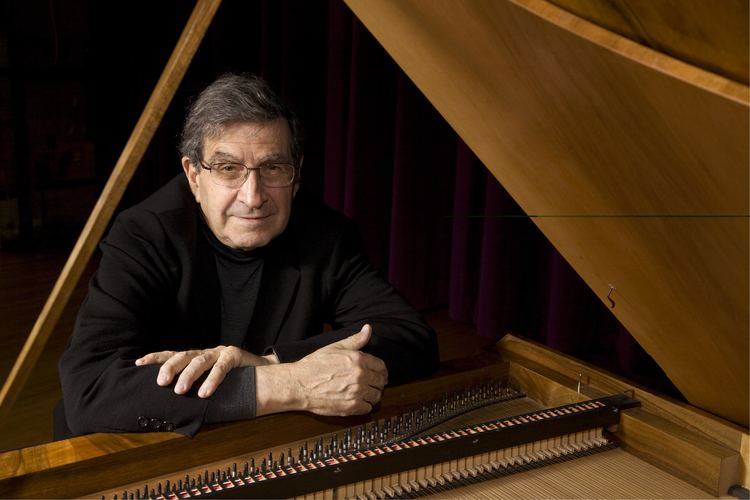
Malcolm Bilson: Knowing The Score
Early life and career
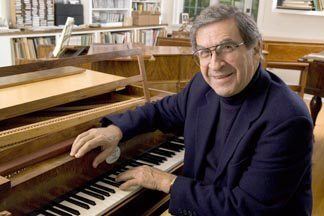
Bilson was born in Los Angeles, California. His family was and is successful in the entertainment world: his father, George Bilson, was an English-born producer/writer/director, and his older brother Bruce Bilson had a long and productive career as a film and television director; other relations (descendents of Bruce) are Danny Bilson and Rachel Bilson.
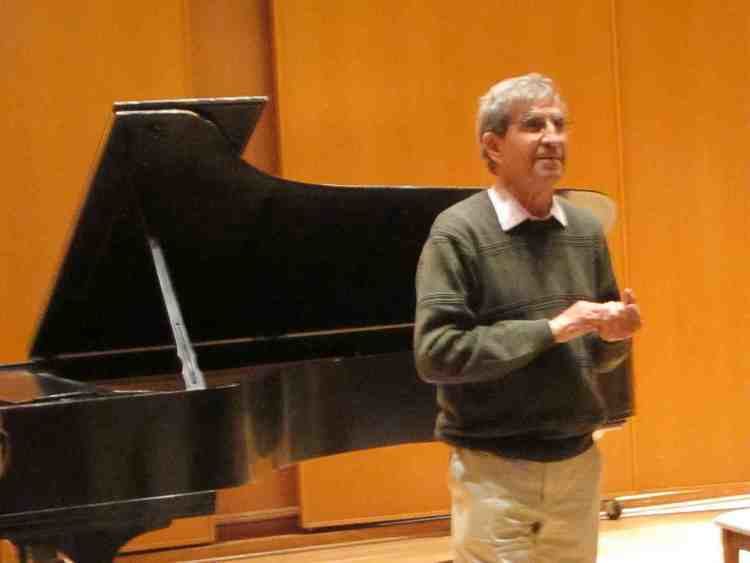
Malcolm Bilson graduated from Bard College in 1957. He continued his studies with Grete Hinterhofer at the Akademie für Musik und Darstellende Kunst in Berlin, later with Reine Gianoli at the École Normale de Musique in Paris. He studied for a doctoral degree at the University of Illinois with Stanley Fletcher and Webster Aitken, obtaining his DMA in 1968. At that time he was appointed as an assistant professor at Cornell.
His encounter with the fortepiano
Arguably the key event in Bilson's career was his first encounter with the fortepiano in 1969, which he narrated to Andrew Willis in a 2006 interview. Interested in historical pianos, he had bought a 19th-century instrument, described to him as a "Mozart piano," and was referred to Philip Belt, an expert on early pianos, about the possibility of restoring it:
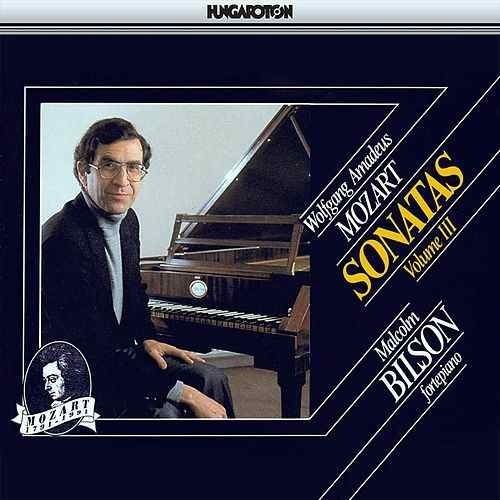
I wrote Belt and sent some pictures, and Belt wrote back that yes, he could do that, but [my piano] wasn't at all a piano from Mozart's time. And as a matter of fact, he had just built such a piano, after Louis Dulcken, c. 1785, and he wanted to take it around to show at colleges and music schools. So I said fine, bring it, and I'll play a concert on it. He brought it and left it for a week, and I played an all-Mozart concert ... with K. 330 and the B minor Adagio and the Kleine Gigue, [as well as] the G minor piano quartet with some modern string players at 440.
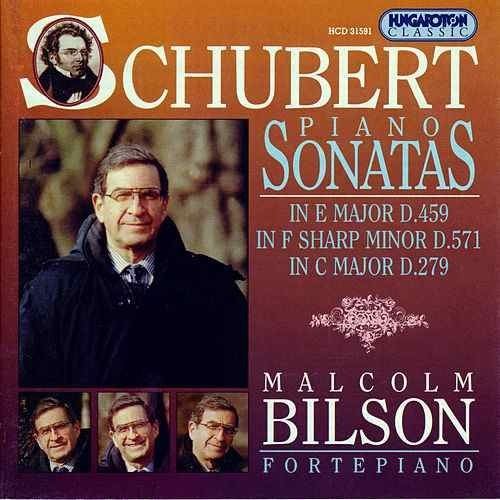
In preparing for this concert, Bilson was startled by the challenges—and opportunities—that playing a fortepiano poses to a traditionally-trained pianist (fortepianos have a far more delicate touch, shallower key dip, lighter framing, and shorter sustain time than modern grands.)
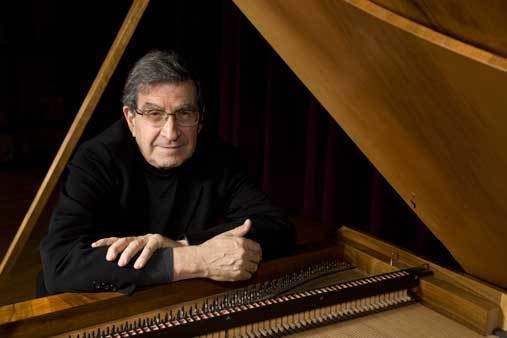
I have to admit now that I really couldn't handle the thing at all. I must be the least gifted person for the job; my hands are too big, and I don't have the necessary technique such an instrument required. In trying to operate this light, precise mechanism, I really felt like an elephant in a china closet. But I kept at it all week and practiced hard and after several days began to notice that I was actually playing what was on the page. What I had been doing before was simply playing legato and pedaling through. I saw the slurs, but, of course, I didn't want to create hiccups, which can happen so easily on the modern piano. Suddenly I found that I really didn't need much pedal and that the articulative pauses actually made the music more expressive.
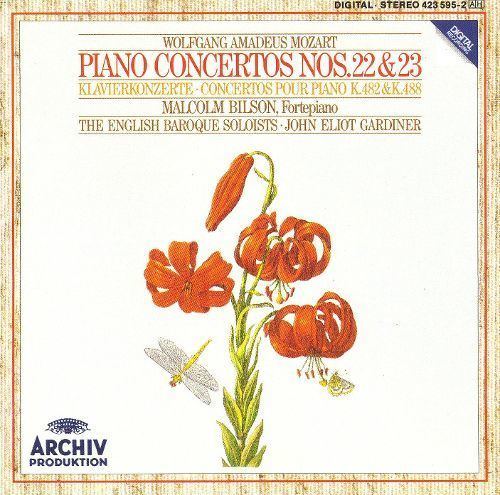
At the concert at the end of that first week, which was absolutely filled to overflowing, there was great enthusiasm. Nobody had ever seen such a thing. I thought to myself that this was an opportunity to do something useful with my talents. This was in 1969, and I decided to buy one of these pianos and to seriously pursue playing it. For several years I took the instrument [also by Belt] around and played it in colleges and small venues. It was, of course, viewed as a curiosity back then, and some people thought I was a bit crazy. I knew I was doing something fringe-y, but I also thought it was important and worth doing because there were aspects of this music that nobody could hear any more.
Career as fortepiano specialist
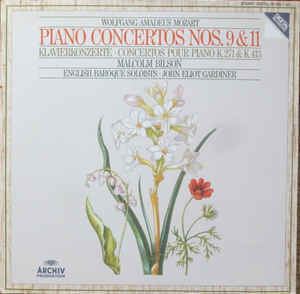
The career shift ultimately proved successful; Bilson developed a reputation as a fortepiano performer, gave concerts widely and was also invited to make recordings (see below). In 1974, he co-founded the Amadé Trio with violinist Sonya Monosoff and cellist John Hsu; the trio performed works on historical instruments.
Bilson was promoted to full professor in 1976 and was appointed to the Frederick J. Whiton chair in 1990.
Bilson retired in 2006 as a professor, remaining active as a teacher and performer.
In 2011, Bilson brought the first fortepiano competition to the United States. Coordinated under the Westfield Center, with a grant from the Mellon Foundation, the competition and academy were held at Cornell University; 31 young musicians from all over the world competed for prize money totaling $13,500.
Recordings, pedagogy, and scholarship
Bilson is known for his series of recordings (on the Archiv label) of the piano concertos of Mozart, in collaboration with Sir John Eliot Gardiner and the English Baroque Soloists. He has also recorded the complete Mozart and Schubert piano sonatas for Hungaroton. In collaboration with six of his former students Bilson has produced a complete recording, on Claves Records, of the piano sonatas of Beethoven. These recordings use a set of nine restored or replica pianos, each of a type contemporaneous with the sonata being performed.
He also created a DVD, "Knowing the Score," which questions many of the basic concepts of musical performance taught in conservatories and music schools around the world, specifically, the lack of adherence to notated articulations and assumptions about the length of rhythmic values. He followed up this DVD with two more: "Performing the Score," with violinist Elizabeth Field, and "Knowing the Score, Vol. 2."
Bilson has published several articles on the subject of interpreting late 18th- and early 19th-century compositions by Schubert, Mozart and Beethoven in Early Music and Studia Musicologica Academiae Scientiarum Hungaricae.
Assessment
Fortepiano builder Carey Beebe assesses Bilson's influence as follows:
Malcolm Bilson, who began after 'the Father of the Fortepiano', Phil[ip] Belt, dropped around one of his first reproduction instruments to try, still provides great impetus to modern makers. His Fortepiano Summer Schools in the 1980s were an inspiration, and many of the musicians who attended those schools, along with his Doctoral graduates, have spread the word around the globe. Bilson's DG Archiv recordings of the complete Mozart Concerti were a milestone.Bilson's instruments
Honors
The main-belt asteroid 7387 Malbil, discovered 1982, is named in his honor.
In 1994 Bilson was elected a Fellow of the American Academy of Arts and Sciences.
In 2015 he was awarded the Hungarian Gold Cross of Merit for his contribution to Hungarian intellectual and cultural life.
